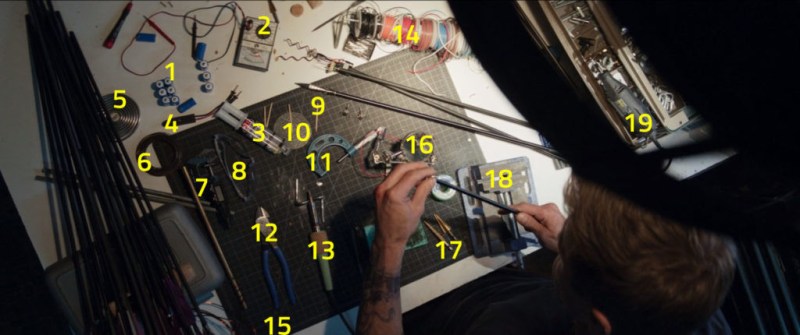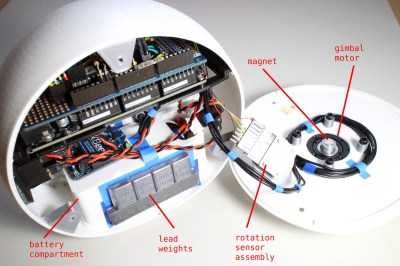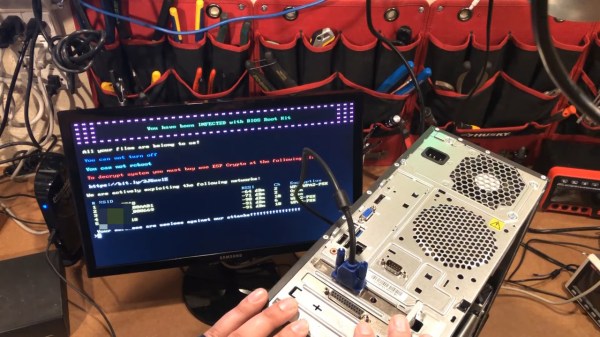Ah yes, the 555 piano project. Be it the Atari Punk Console, or some other 555 based synthesizer, Hackers just love to hear what the 555 can do when attached to a few passives and a speaker. It’s a sound to behold. But for [Berna], that wasn’t quite enough! Below the break, you can see his creation, called the Acordeonador.
A portmanteau of the Spanish words for “Accordion” and Generator”, the Acordeonador does what no project we’ve seen so far can do: It turns a CD drive into a generator for a 555 based synthesizer.
To give the Acordeonador a more analog feeling, a large 4700uf electrolytic capacitor stores just enough energy to make the music generation more than an on/off affair. It’s a great effect, and it works well! Not being one to leave any details out, [Berna] prototyped the build on perf board and then covered the board in what appears to be an wood grained contact paper, giving it that 1970’s dual keyboard electric organ feel.
It really just goes to prove that a 555 project can be the source of a great time! Hackaday is rife with 555 projects, but if you enjoy this, be sure to check out The Most Important Device In the Universe, which is of course powered by a 555. Continue reading “CD Player Powered 555 Piano Goes Accordion To Plan”


















